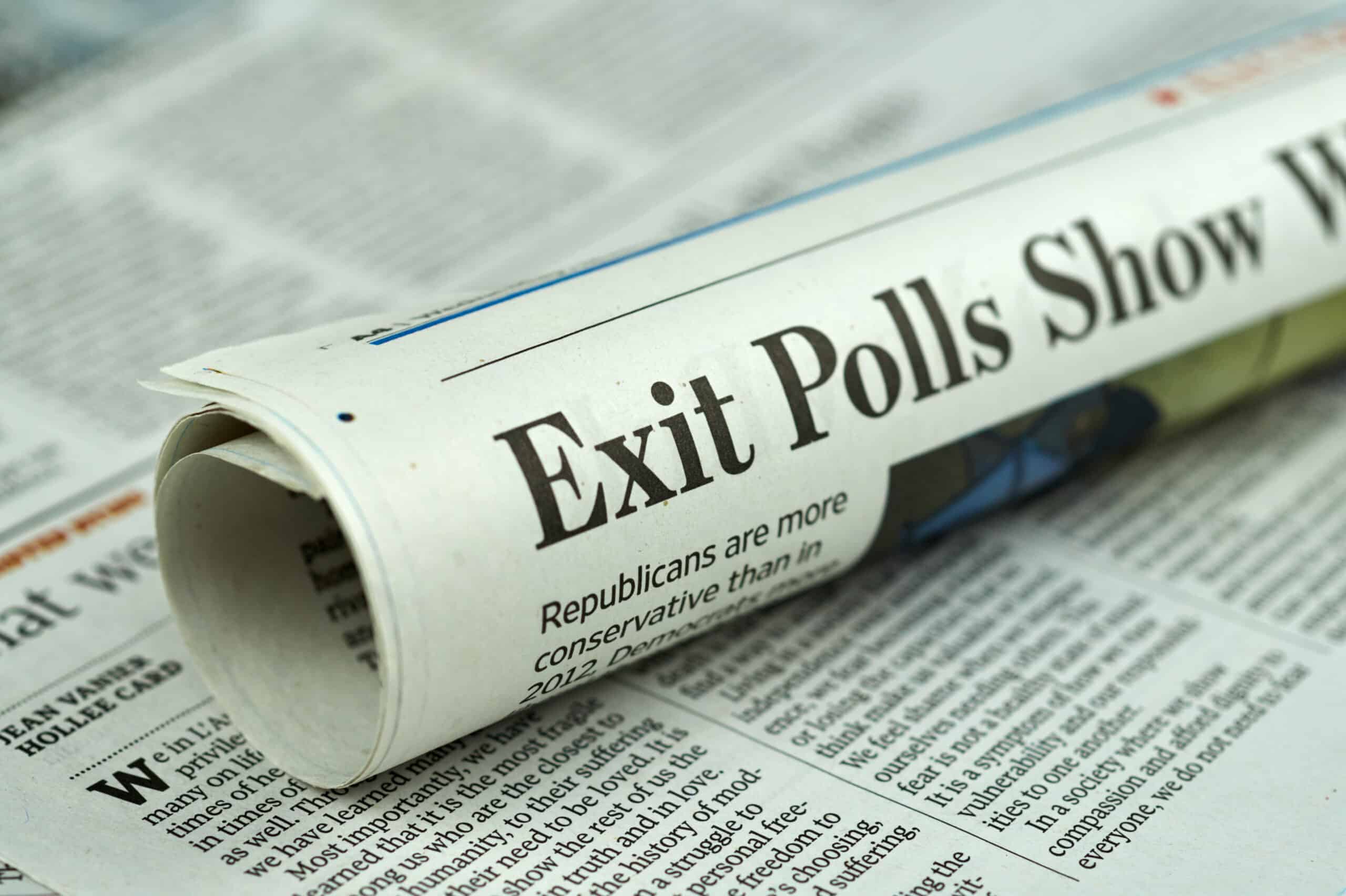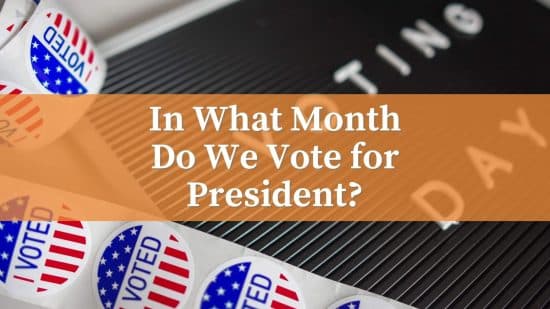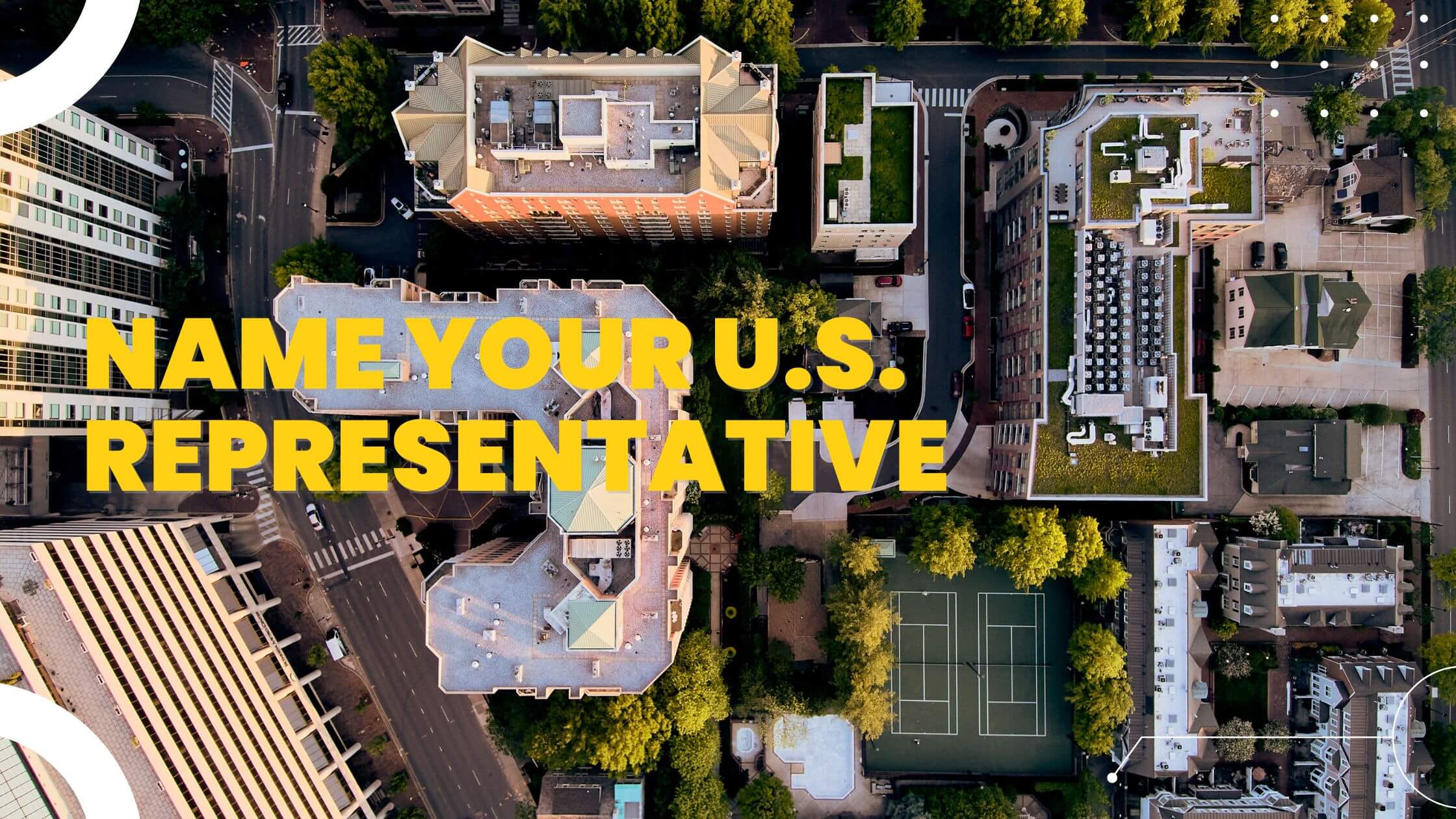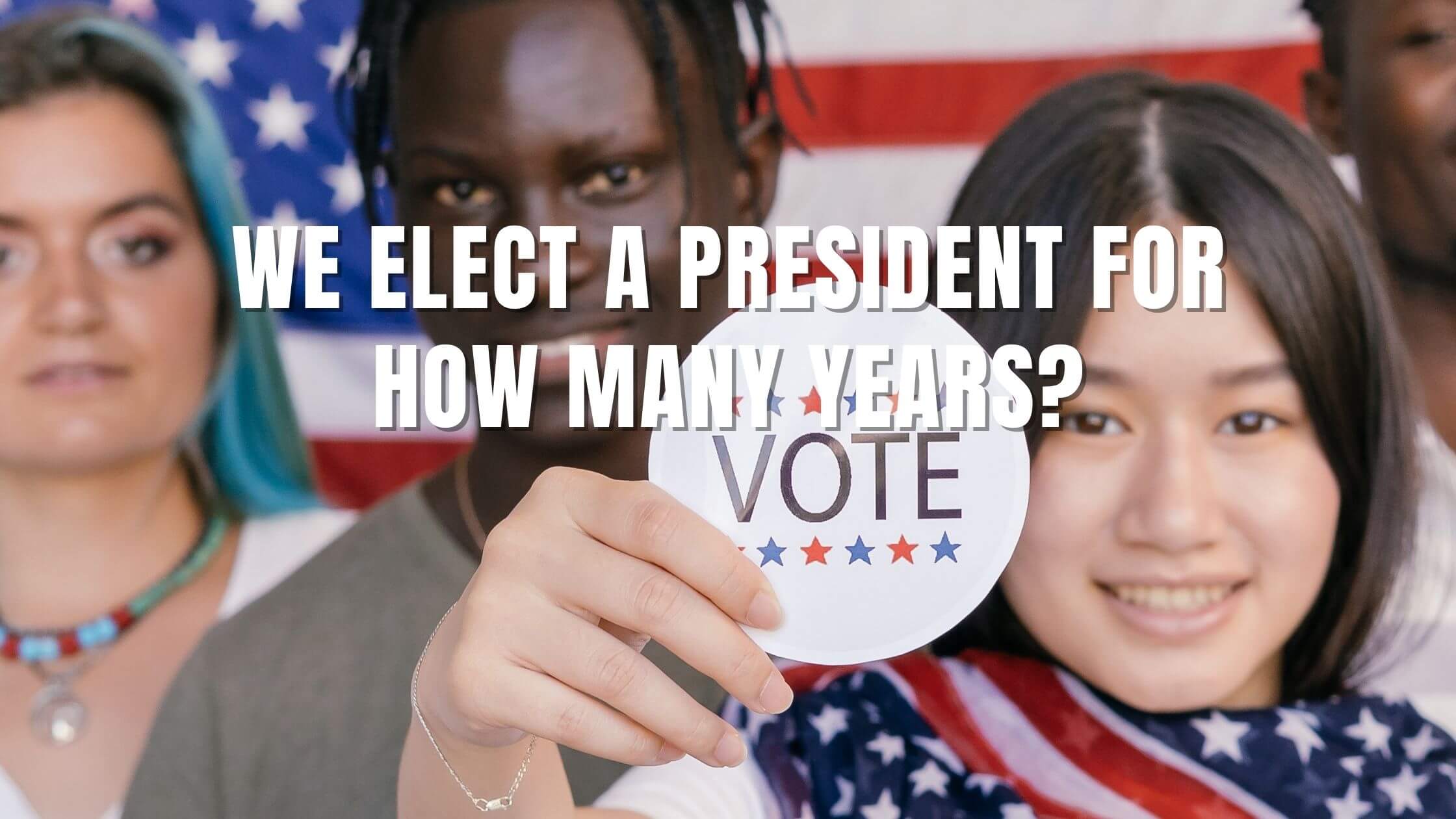At What Time of Year Do We Vote for the President?
The whole election process is complex, from nominating a presidential candidate to the winner entering the White House for their four-year term.
Every four years, the election on a Tuesday in November sees the country decide between the final nominees to determine the President-Elect.
Then follows a transitional period until January 20th, when they are sworn into office.

Why Is the Presidential Vote on a Tuesday in November?
The idea of voting on a Tuesday in November sounds illogical in modern-day America. November is cold and dark by 8 p.m. while people are still trying to vote, and there is a high risk of bad weather.
The reason is that when the process initially started, farmers were of central importance. Farmers needed to be able to travel to their closest polling location at a time that suited their schedule.
They had church on Sunday and the market on Wednesday, so they traveled on a Monday to vote on a Tuesday.
Furthermore, November was less busy than other months for farming when they weren’t dealing with planting and harvesting crops.

Objections to holding the election in November
Some people think that the date of the US presidential election should be changed. They believe that if the election were on a different day, more people would be able to vote.
For example, some people think that if the election were on the weekend, more people would have time to go to the polls and cast their votes.
Others have suggested that election day should be a holiday so that people wouldn’t have to work and could vote instead.
However, making changes to the election date is not easy. It would require an amendment to federal law, which is a major task and would need support from both major parties.
So far, no one has been able to change the election date. The election is still held on the first Tuesday of November every four years, just like it has been for a long time.

Get Smarter on US News, History, and the Constitution
Join the thousands of fellow patriots who rely on our 5-minute newsletter to stay informed on the key events and trends that shaped our nation's past and continue to shape its present.
“Voting is important because it helps us choose the leaders who will make decisions for our country.”
Is Election Day a Federal Holiday?
The states have varying provisions for taking time off for a presidential election. Some states provide legal holidays for all general and state elections, while others only for the main November election.
There are calls for the day to be a federal holiday nationally via the Freedom to Vote Act.
Supporters say it would make it easier for workers to attend the vote and potentially increase voter numbers. Critics argue that people would use the day to do other things, negatively affecting voter turnout.
When Is the Election Winner Announced?
The votes for the presidential elections are counted after the polls close. It can take a long time for all the polls to close because of the difference in time zones.
For example, a registered voter in California could cast their ballot at a local station long after the polls in Florida have closed.
Exit Polls
Next, we have the exit polls and predicted winners before a state is finally ready to declare the official results.
Neither party can claim victory until they reach the majority of Electoral College votes across all states. That target is 270 out of 538.
It’s possible there could be a winner long before some states have finished counting if there is a landslide. But, a close race could lead to recounts where a winner isn’t declared for days.

When Does the Winner Become President?
After a candidate has been successfully voted for as the president, we have what is known as a President-Elect.
The winning candidate is assured four years in the White House, barring resignation, impeachment, or death in office.
However, the current president must see out their term and hand over power. There is a figurative passing of the torch as the President-Elect plans for life in the Oval Office.
When Is the Inauguration?
The inauguration doesn’t take place until the following January – on the 20th.
This is when the winning candidate takes the oath of office, as does the Vice President who was their running mate during the campaign.
There is a grand ceremony in the capital with an address to the public and the official moment of a change in power.
The transfer of power occurs at noon, which means even if they are sworn in at 11:58, there are two minutes where it isn’t official.
This also means that the President-Elect can be president at noon on a Sunday but take office publicly a day later.

Why Did the Inauguration Date Change?
It is also interesting to note that January 20th wasn’t the original date of the inauguration. The original date was the 4th of March.
This sounds like a better time of year for an outdoor celebration, even if President William Henry Harrison still caught pneumonia at his.
Critics felt this left an overly long transition period between the election and the power transfer. The major problem was that there were “Lame Duck” Congress sessions with members who hadn’t been re-elected.
So, a motion was presented in the 20th Amendment to the Constitution and ratified in 1933.
Franklin Roosevelt was the first to be inaugurated on this new date.
How Many Years Are There Between November Elections?
Every presidential term lasts four years, and then we return to the polls and vote again.
Anyone who has been president for a single term can bid for one more. This was brought in via the 22nd Amendment after Franklin Roosevelt was elected for four terms.

At the time of writing, the last presidential election was held in 2020, with President Biden taking office in January 2021.
The country will vote again on a Tuesday in November 2024, where President Trump could run again, or we will see fresh nominations from the Democrats and Republicans.
Question:
In what month do we vote for President?
Answer:
We vote for the President in November.
Lesson Plan: The Timing of General Elections
Objectives:
- Students will be able to explain the timing of general elections in the United States
- Students will understand the history and reasoning behind the specific timing of general elections in the U.S.
- Students will be able to compare and contrast the timing of general elections in the U.S. with other countries
- Students will be able to analyze the impact of timing on voter turnout and election outcomes
Materials:
- Whiteboard or chalkboard
- Markers or chalk
- Handout: Timing of General Elections in the United States
- Computer with internet access (optional)
Introduction (10 minutes):
- Introduce the topic by asking students if they are aware of when general elections are held in the United States.
- Write their answers on the board and ask them to explain their reasoning.
- Explain that today’s lesson will focus on understanding the timing of general elections in the United States.
Direct Instruction (20 minutes):
- Using the handout, explain the history and reasoning behind the specific timing of general elections in the U.S. (Every Tuesday in November of even-numbered years).
- Discuss the different factors that influenced the decision to hold general elections on this specific date, including the influence of the agricultural calendar and the need to ensure a uniform date across all states.
- Explain how the timing of general elections in the U.S. compares to other countries, including those that hold elections on weekends or holidays, to increase voter turnout.
Guided Practice (30 minutes):
- Divide the class into small groups and ask each group to conduct research on the impact of timing on voter turnout and election outcomes in the United States and other countries.
- Have each group present their findings to the class and discuss the strengths and limitations of their research.
- Lead a class discussion on the impact of timing on voter turnout and election outcomes and encourage students to consider the trade-offs of different timing options.
Independent Practice (20 minutes):
- Assign a written reflection for students to analyze their own thoughts and opinions on the timing of general elections in the United States.
- Have them consider the impact of timing on voter turnout and election outcomes and whether the current timing is fair and effective.
Conclusion (10 minutes):
- Summarize the key points from the lesson and ask students to share their takeaways.
- Encourage students to continue learning more about the electoral process and the factors influencing election outcomes.
Assessment:
- Formative: Student participation in class discussion, group presentation, and written reflection.
- Summative: Written reflection analyzing the timing of general elections in the United States.




